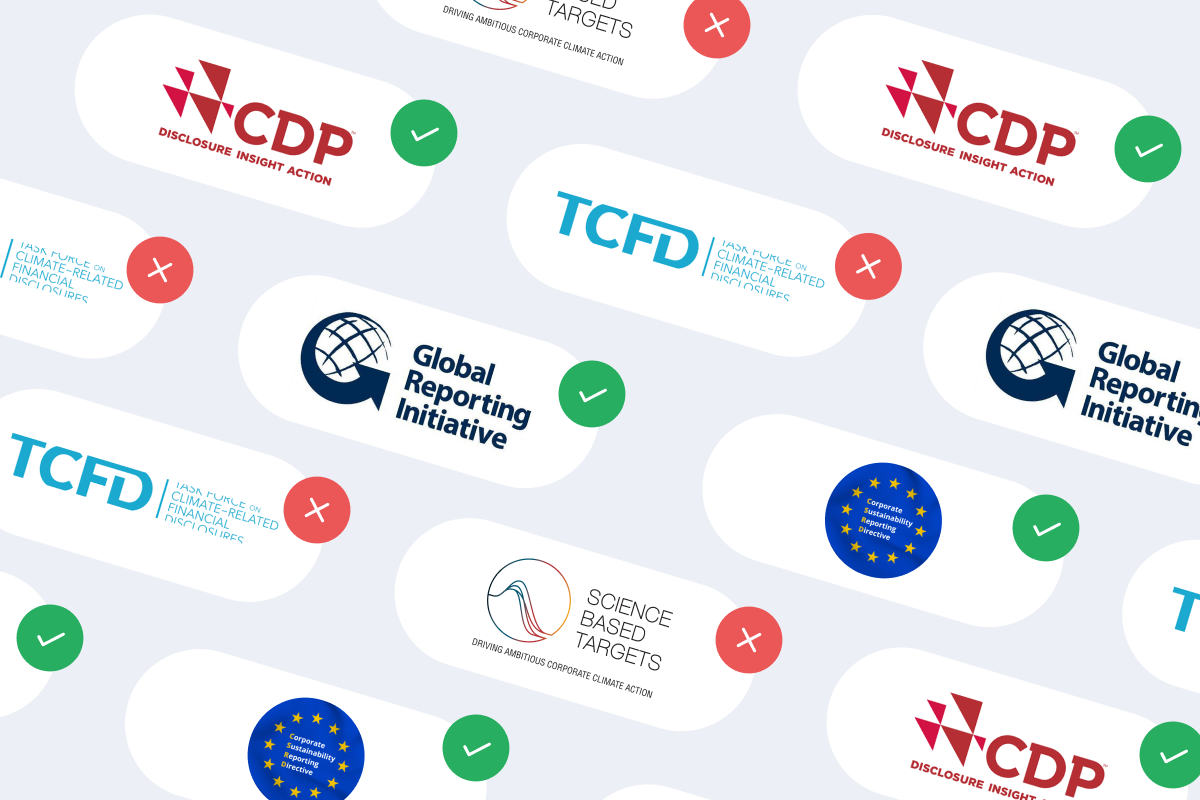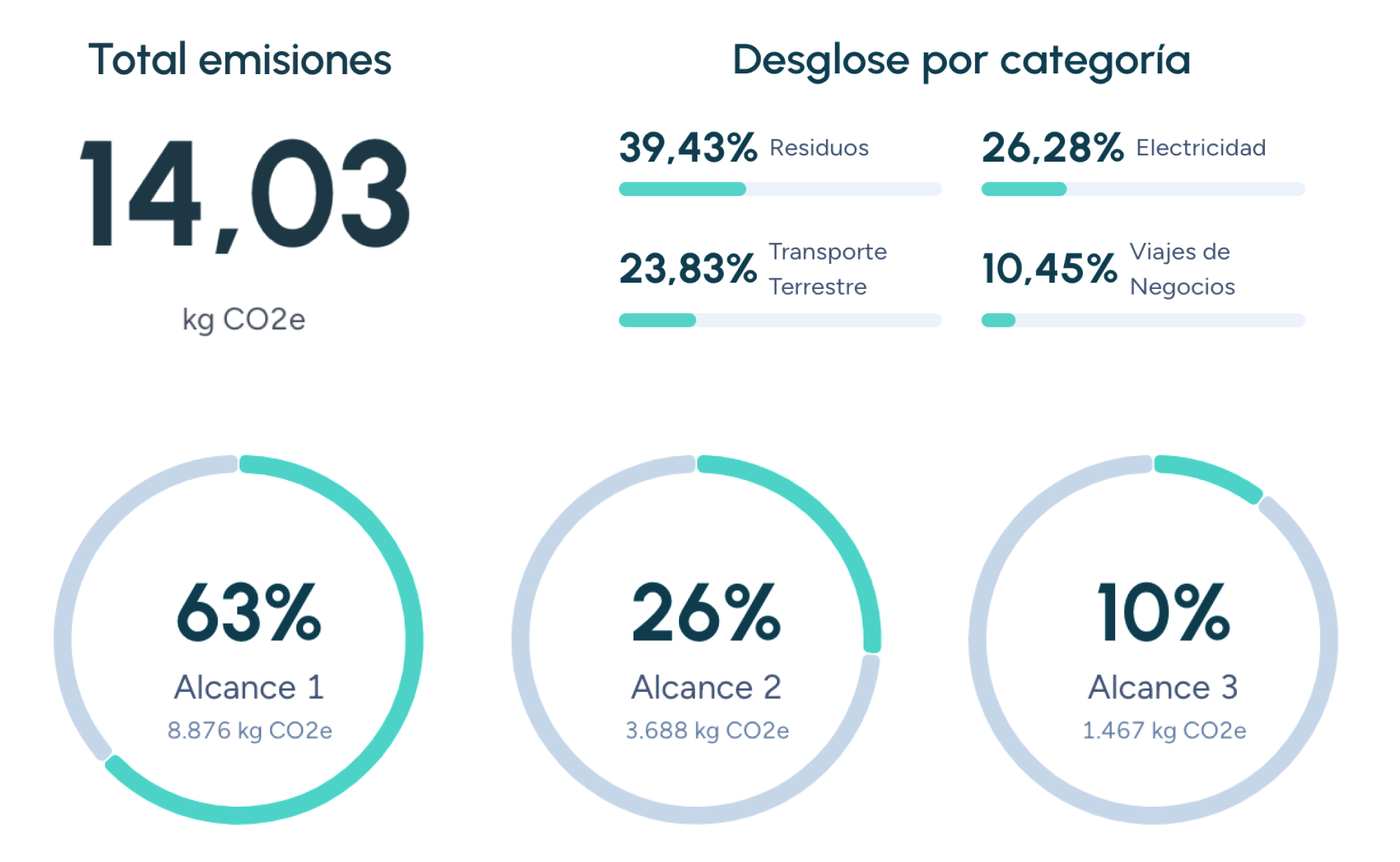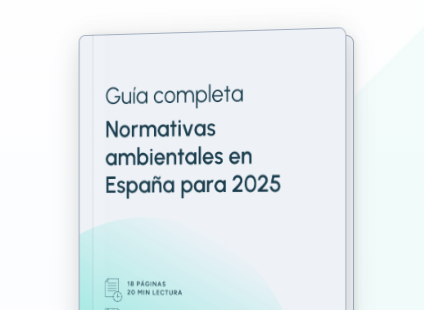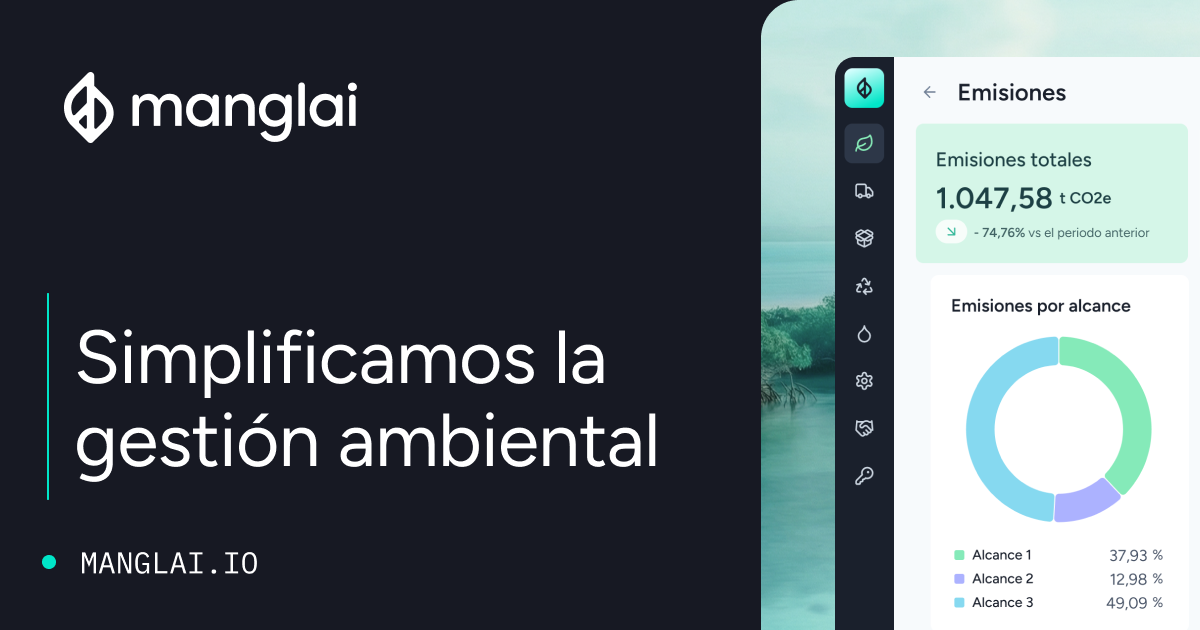I
ISO 14046
ISO 14046 specifies the principles, requirements, and guidelines for quantifying the water footprint of products, processes, and organizations using a Life Cycle Assessment (LCA) approach.
Published in 2014, the standard enables the evaluation and reporting of potential water-related environmental impacts, enhancing transparency and comparability across studies.
Relationship with the ISO 14000 Series
- Complement to ISO 14040–14044: Builds on the LCA phases — goal and scope definition, inventory analysis, impact assessment, and interpretation.
- Methodological consistency: Establishes specific impact categories related to water, such as scarcity, water quality degradation, eutrophication, and aquatic toxicity.
Types of Water Footprint under ISO 14046
- Water use inventory: Tracks inputs and outputs of blue water (surface/groundwater), green water (rainwater), and grey water (polluted water requiring treatment).
- Impact assessment: Converts inventory data into indicators reflecting scarcity, degradation, and availability.
- Final water footprint: Can be expressed as a single aggregated indicator or a set of specific impact metrics, typically measured in m³ equivalents.
Key Requirements of the Standard
- System boundaries: Define geographic and temporal scope and included processes (e.g., cradle-to-grave or gate-to-gate).
- Data quality: Ensure accuracy and representativeness of primary vs. secondary data sources.
- Critical review: Mandatory when results are publicly disclosed to guarantee consistency and transparency.
- Communication: Reports must clearly describe assumptions, limitations, and recommendations.
Practical Applications
- Agri-food sector: Identify high water-use crops and optimize irrigation practices.
- Textile industry: Measure water impacts from dyeing and finishing processes and compare fiber options.
- Multinational companies: Report to investors through CDP Water Disclosure and set reduction targets.
- Public policy: Assess water management strategies in water-stressed regions.
Benefits
- Integrated resource management: Helps identify and prioritize critical points across the value chain.
- Risk mitigation: Addresses operational and reputational risks linked to water scarcity.
- Competitiveness: Demonstrates leadership in corporate water stewardship to clients and regulators.
Challenges
- Local data availability: Water scarcity factors and impact assessments vary by region.
- Methodological complexity: Requires technical expertise in LCA modeling.
- Comparability: Different frameworks still coexist (e.g., Water Footprint Network vs. ISO 14046).
ISO 14046 provides a robust and science-based framework for quantifying, managing, and communicating water impacts. By aligning water use assessment with the LCA methodology, it supports data-driven corporate decisions and evidence-based policymaking for sustainable water management worldwide.
Companies that trust us
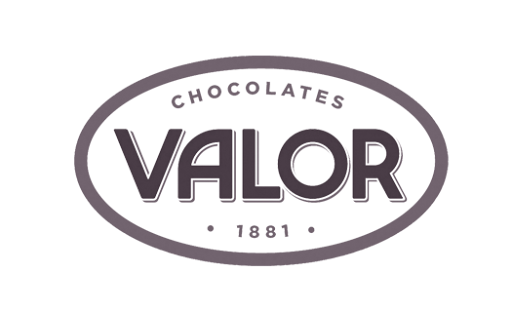
AWARE (Available Water Remaining)
AWARE is a Life Cycle Assessment (LCA) characterisation method that weights the impact of water consumption according to the residual water availability in the local basin.
B Corp Certification
B Corp Certification is a global standard that validates companies for their commitment to sustainability and social responsibility, promoting practices that reduce carbon footprints and create a positive impact on society and the environment.
CBAM: EU Carbon Border Adjustment Mechanism
Analyse how the EU taxes imports according to their carbon footprint, the sectors affected, and the steps companies must take to prepare for 2026.
Guiding businesses towards net-zero emissions through AI-driven solutions.
© 2025 Manglai. All rights reserved
Política de Privacidad